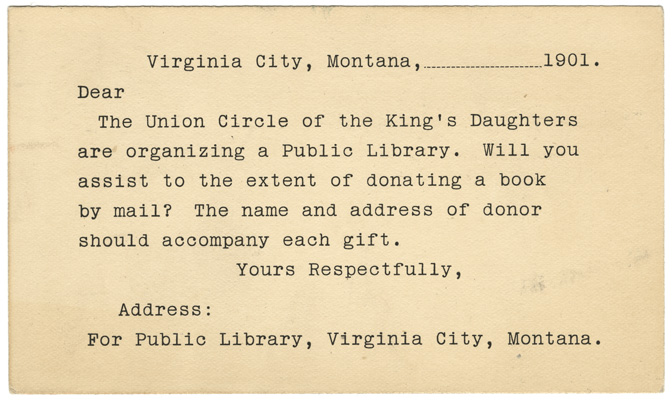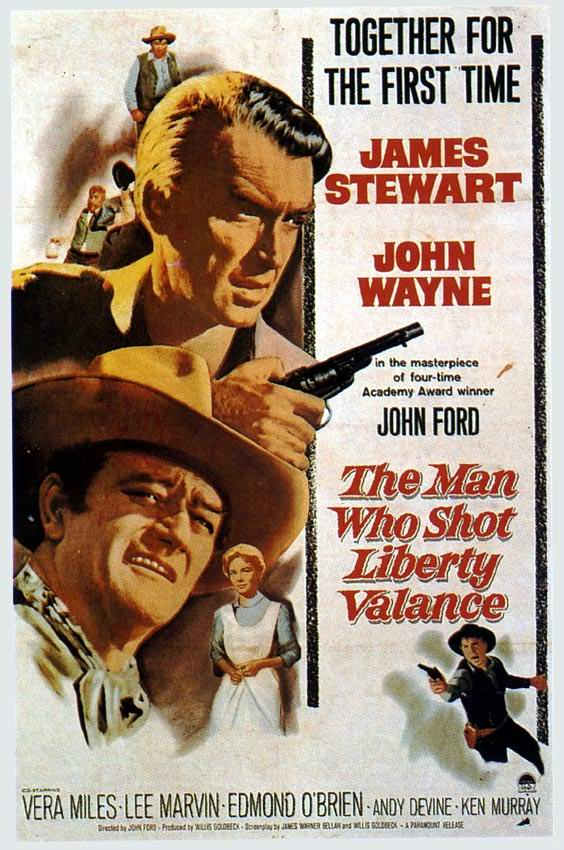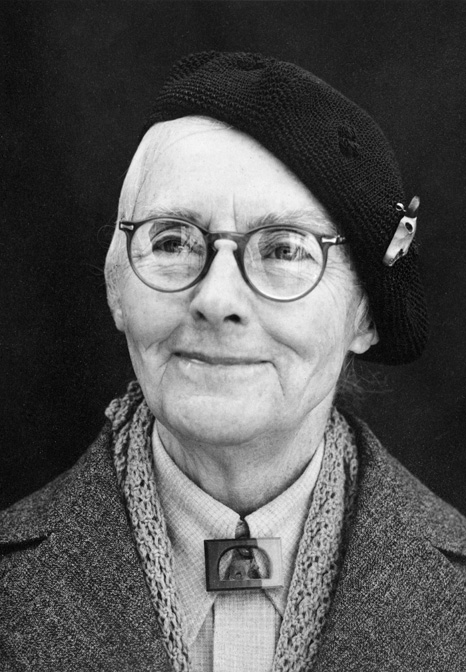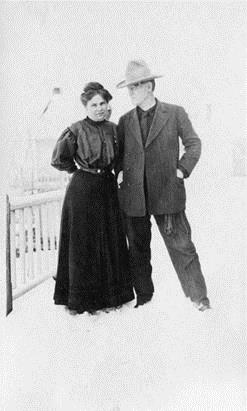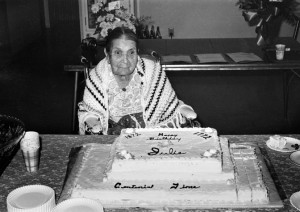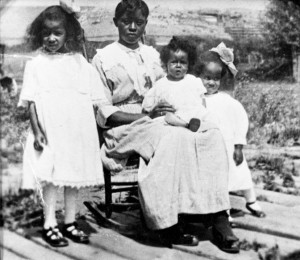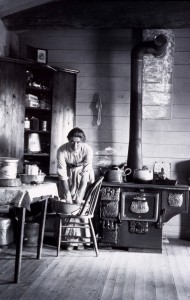Oshanee Kenmille from Steve Slocomb on Vimeo. Having trouble viewing the video? Try this link!
Oshanee Kenmille dedicated eight decades of her life to making beaded gloves, moccasins, cradleboards, and other leatherwork for family, friends, tribal members, celebrities, and dignitaries. She had very little formal education, but learned from the Salish and Kootenai women in her life how to tan hides, sew buckskin clothing, and do beadwork. Kenmille then applied her expertise toward teaching others both these skills and the Salish and Kootenai languages, ensuring this cultural knowledge will continue with future generations. In spite of the many challenges and tragedies in her life, Oshanee Kenmille inspired others with her strength, her joyful spirit, and her commitment to preserving traditional tribal culture.
Oshanee’s parents, Annie and Paul Cullooyah, maintained their traditional Salish way of life on the Flathead Reservation. Oshanee, who was born in 1916, began beading at age eleven while watching her mother, whose praise for Oshanee’s first efforts inspired the child to develop her beading skills. Annie, who died in 1928 when Oshanee was only twelve years old, did not live long enough to see how well Oshanee succeeded.
Continue reading Oshanee Cullooyah Kenmille: A Joyful Spirit
